Fortran Allocate 2d Array
Here gfortran will allocate in the stack a local variable A for a descriptor of rank 2 and then it initializes it with the proper values.

Fortran allocate 2d array. Compare your attempt with sumalloc.f95. ZThe DIMENSIONattribute requires three components in order to complete an array specification, rank, shape, and extent. Gfortran compile fine with >> gfortran -fopenmp allocate_in_loop.f90 But fails on execution with:.
An array can be fixed in size at compile time or can assume a size or shape at run time in a number of ways:. The basic component of the Fortran language is its character set.Its members are. Hi, Getting memory errors with a fortran f90-program.
What we got was something a little different, in many respects more powerful, and in some respects intentionally crippled. Syntax DEALLOCATE ( object-list , STAT=stat-variable) Where:. A (:,:) ALLOCATE (A (-1:.
This is the faster and more straightforward option compared to heap-allocation, and is used by most compilers. Memory allocation failed SHMMAX already set to 2GB Processes with a more than 1G size always fail any thing below 1G works ok. A simplified version of the program is:.
Allocate ( darray(s1,s2) ). We've seen that it's straightforward to call malloc to allocate a block of memory which can simulate an array, but with a size which we get to pick at run-time. Fortran 90 addressed this further with the use of assumed shape arrays - the array shape is also automatically "passed" across with the array data.
From the point of view of a source code reader all aspects of the array can now be presented in quite a compact manner. To ensure that enough memory is available to allocate space for your array, make use of the STAT option of the ALLOCATE command:. Fortran is case-insensitive.The convention of writing Fortran keywords in upper case and all other names in lower case is adopted in this article;.
One of the benefits of arrays is that you can easily do operations on every element by using simple arithmetic operators. Arrays are declared with the dimension attribute. For example, to declare a one-dimensional array named number, of real numbers containing 5 elements, you write, real, dimension(5) ::.
Fortran automatically lls the entire arrays with a single read statement, but does so by columns. The following C99 function allocates a variable-length array. We can specify the bounds as usual allocate(foo(3:5)) !.
But there is only one array constructor, for rank-1 arrays. Array indexing and order differ between Fortran and C. Once the actual number of particles in the simulation has been read, we can allocate these arrays:.
The following example shows how to work with allocated arrays in dbx. If another format is not specified it is the Fortran 90 convention to input and output arrays "column-wise"!. One or more statement to transfer the data you wish to keep from the old array to the new 4.
If unsuccessful in a MAT or engine standalone application, mxCalloc returns NULL in C (0 in Fortran). Use the mxCalloc, mxMalloc, and mxRealloc functions to allocate dynamic memory. Read in imax numbers to a and do the same to b.
I won’t cover that case here. 9.15 ALLOCATED — Status of an allocatable entity Description:. Darray The rank of the array, i.e., the dimensions has to be mentioned however, to allocate memory to such an array, you use the allocate function.
Fortran 95 Allocatable Arrays. I have read a lot, about CUDA, and I found nothing about allocating a double pointer array. When increasing memory values the programm crashes with FORTRAN Runtime ERROR:.
Can we do the same sort of thing to simulate multidimensional arrays?. With column-major order, the leftmost subscript varies most rapidly with a stride of one. Thread-local and global arrays are supported.
With these you can interact with C and use malloc or mmap. If the object is an array, it is a deferred-shape array or an assumed-rank array. X(0) = z(-1) would then be valid.
How do I allocate a 2D Array in cuda ?. There are two usual ways of approaching indexing. A(:,:)) A few pointers about where to find the discussed concepts in the Fortran 90 Handbook:.
Although C++ has dynamic arrays (using new - click here ) C++ cannot specify the size and shape of the array F90 provides much better support for dynamic arrays than C/C++ Defining, allocating and deallocating a ONE-dimensional dynamic arrays:. Print out the arrays a, b and print out the sum of a and b. The GNU C Compiler allocates memory for VLAs with automatic storage duration on the stack.
For instance,let us allocate an array in the main program and pass it to a subroutine. Intel Fortran allocates automatic arrays on the stack by default while GNU Fortran allocates them on the heap. So my thought is to obtain an array/matrix that at point m(2,2) = 5 i need a code roughly like this:.
Arrays can have the allocatable attribute:!. Formats, Arrays, allocate, limits of int. My idea is to make a subroutine who reads all the data and allocates the memory.
Array variable has an ALLOCATABLE (or POINTER) attribute, and memory is allocated through the ALLOCATE statement, and freed through DEALLOCATE a variable, which is declared in the procedure with size information coming from the argument list or form a module, is an automatic array - no ALLOCATE is needed, neither DEALLOCATE. A call to MOVE_ALLOC to make the new allocation now be the one referred to by your "permanent" allocatable array. Pointers seem to be needed in order to pass assumed shape arrays.
Humongous array then Fortran 03 offers the move_alloc intrinsic which moves the allocation (including the values) from one variable to another. That is where my programming logic breaks down with FORTRAN. Consider the following Fortran code SUBROUTINE SUB INTEGER, ALLOCATABLE::.
But many Fortran 77 compilers support a non-standard extension known as "Cray pointers". One dimensional allocatable array integer, dimension(:), allocatable ::. 1/61/6 zA Fortran 90 ppgrogram uses the DIMENSION attribute to declare arrays.
Then the Fortran element B(2) is equivalent to the C element b1. Fortran Programming Tutorials (Revised) :. That restriction was lifted for Fortran 95+.
The following right of your code works on Windows 32-bit (but it is a quick-and-dirty fix-up, which you should sanitize together with adapt for Linux symbol naming conventions, & consistently ownership only ISO-C-Interoperability methods or only. Furthermore, the size of the array (or matrix) returned by the function can be defined using values that are derived from the input parameters This feature is extremely useful when you write functions that return matrices or vectors, whose size depends on the size of input. An ALLOCATE statement to allocate the temporary array to the new size you want 3.
Demo% f95 -g Alloc.f95 demo% dbx a.out (dbx) list 1,99 1 PROGRAM TestAllocate 2 INTEGER n, status 3 INTEGER, ALLOCATABLE ::. This makes it easy to allocate space for an array at one level in your program, and then use that space in subroutines called or functions used by that level. You allocate memory whenever you use an mxCreate* function or when you call the mxCalloc and associated functions.
A = B A = 3.24*B C = A*B B = exp(A) norm = sqrt(sum(A**2)) Here, A, B, C are arrays, with some dimensions (for instance, they all could 10x10x10). Object-list is a comma-separated list of pointers or allocatable arrays. In addition to basic types, you can also vary the precision of real arrays according to the precision of Abaqus/Explicit and define arrays of user-defined data types.
I need to read a lot of data from a file in a Fortran program. Pointer to the start of the allocated dynamic memory, if successful. Once we transpose each array, you can see the ordering of the data in the array more closely matches the ordering in the le.
In Fortran, each rank corresponds to a different attribute of the modified data type. In this tutorial, I will teach you how to work with arrays of several dimensions I will talk about:. For just passing arrays of identical rank, but unknown shape, one should always use the assumed-shape syntax (e.g.
The size of the data is variable, so I would like to dynamically allocate the arrays. To facilitate data accumulation and transfer between user subroutines, you can use utility functions to create your own dynamic storage in the form of allocatable arrays. ALLOCATE (A (N), STAT = AllocateStatus) IF (AllocateStatus /= 0) STOP "*** Not enough memory ***".
Two dimensional allocatable array real, dimension(:,:), allocatable ::. For example, real, dimension (:,:), allocatable ::. These statements give the user the ability to manage space dynamically at.
You can use the Fortran default, as in the preceding example. 9)) END SUBROUTINE SUB. Use mxDestroyArray to free memory allocated by the mxCreate* functions.
Note, the SCALAR= keyword and allocatable scalar entities are available in Fortran 03 and later. Fortran 90+ incorporates array handling features, similar to APL or Matlab/Octave. When data is input it is assigned to the first column until all the rows in that column are filled and then to the next column and so forth.
The DEALLOCATE statement frees space previously allocated for allocatable arrays and pointer targets. Dynamically Allocating Multidimensional Arrays. Subroutine set (m, u, v, w) Class (Multia), Intent (InOut) ::.
Creation of the descriptor. Use the mxCreate* functions to create MATLAB ® arrays. Allocate imax elements to two arrays, a and b.
One underlying theme of new Fortran 90 constructs has been isolation of users from the details of memory allocation. Array element order is discussed in section 6.4.7, the definition of array element sequence association appears in section 12.5.2.1, and. Lahey/Fujitsu Fortran Dynamic Arrays.
Read(*,*) Nparticles allocate (charge(Nparticles),xyz(dim,Nparticles)) Order of Array Indices {from CVF manual) Make sure multidimensional arrays are referenced using proper array syntax and are traversed in the "natural" ascending order column major for Fortran. However, the syntax is completely different and so are most of the semantics. I know you can pass a 2D array from main to kernel via a single pointer, but as my problem is more complex, it wouldn't help me.
Bar This declares the variable but does not allocate any space for it.!. ALLOCATE (A (N)) where N is an integer variable that has been previously assigned. MxCalloc is unsuccessful when there is insufficient free heap space.
We can, but we'll end up using pointers to pointers. The last number read into array1 is the 0.0 to the right of the 1.4 on the second line of array.txt. The ALLOCATABLE attribute allows you to declare an allocatable object.
07/15/ Public Content Download as PDF. Arrays can be one- dimensional (like vectors), two-dimensional (like matrices) and Fortran allows you to create up to 7-dimensional arrays. CudaMallocPitch is too, passing it to a single pointer.
Having Fortran de-allocate memory that was pointed in C, or vice versa, is sure to induce trouble. Fortran 77 does not support dynamic memory allocation. Keep in mind that when you pass an allocatable array to a procedure, the INTENT applies to the allocation status ---e.g., INTENT(OUT) means that the array is always deallocated on procedure entry.
% gfortran segfault1.f90 && ./a.out 1200 There are several solutions. When the Fortran 90 standard was being established, there was a request for this feature. Arrays in Fortran occupy successive memory locations starting at some address in memory, say istart, and increasing by some constant number for each element of the array.For example, for an array of real (kind=8) values the byte-address would increase by 8 for each successive element.
Functions that return arrays Functions in Fortran 90 can even return arrays (or matrices) !. Fortran 90 supports dynamic allocation in t. Except, by way of contrast, in the input/output descriptions (Data transfer and Operations on external files).Basics.
You can dynamically allocate the storage space of these objects by executing an ALLOCATE statement or by a derived-type assignment statement. Stat-variable is a scalar INTEGER variable that returns a status value. This descriptor is used both for assumed-shape and deferred-shape arrays.
Allocatable arrays and array pointers can be allocated as needed with an ALLOCATE statement, and deallocated with a DEALLOCATE statement. The ALLOCATE statement creates space for allocatable arrays and variables with the POINTER attribute. Using Array Space in Subprograms As I mentioned before, Fortran simply passes the address of a variable to a subroutine.
First, the code can be redesigned using work arrays or other similar methods. Fortran 90 and later. Dynamic arrays are declared with the attribute allocatable.
C arrays always start at zero, but by default Fortran arrays start at 1. Intel® Fortran Compiler 19.1 Developer Guide and Reference. ALLOCATED(ARRAY) and ALLOCATED(SCALAR) check the allocation status of ARRAY and SCALAR, respectively.
ZThe rank of an array is the number of “indices” or “subscripts.” The maximum rank is 7 (i.e., seven-dimensional). The DEALLOCATE statement deallocates allocatable arrays and pointer targets and disassociates pointers. If unsuccessful in a MEX file, the MEX file terminates and control returns to the MATLAB ® prompt.
A pointer can be used in an allocate statement just as if it had been declared allocatable. - How to declare an array - How to assign variables to th. The progamm uses "allocated arrays".
If your concern is about the duplication of arrays such as in m%ma = !. Developer Guide and Reference. Arrays can be copied, multiplied by a scalar, or multiplied together quite intuitively as:.
Here are the most important differences. Fortran uses the code Allocate/code statement, not a code malloc()/code or code calloc()/code funct. VLAs can also be allocated on the heap and internally accessed using a pointer to this block.;.
I have found codes and literature on allocatable 1D arrays and some on reading files to 2D arrays but not allocatable 2d. Finally, the array name without subscripts can be used to input arrays. For multidimensional (rank>1) arrays, the Fortran way for initialization differs from the C solution because in C multidimensional arrays are just arrays of arrays of etc.
Attempting to allocate already allocated array." intel 9.1, pgi 6.1 and xl do fine, the output being for example. As programmers we don’t need to worry much about the. And so i would read it into an allocatable matrix becoming 3,3.
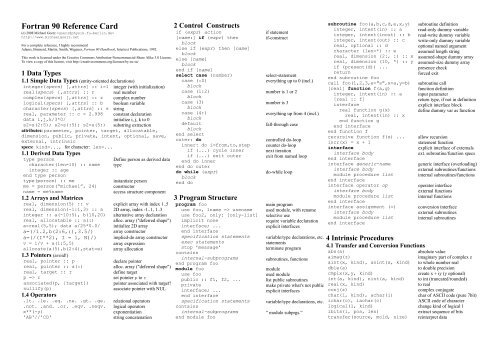
Fortran 90 Reference Card
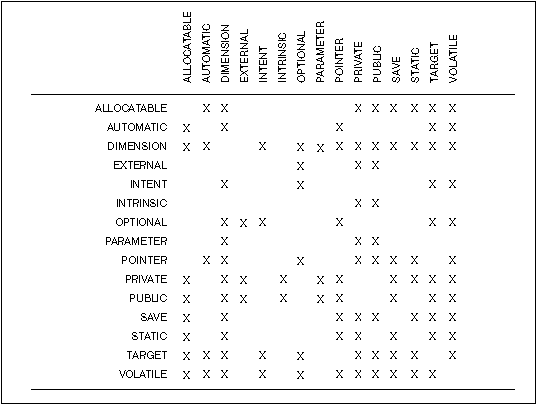
Language Reference

Porting Scientific Research Codes To Gpus With Cuda Fortran Incompre
Fortran Allocate 2d Array のギャラリー

Ppt Fortran 90 95 And 00 Powerpoint Presentation Free Download Id
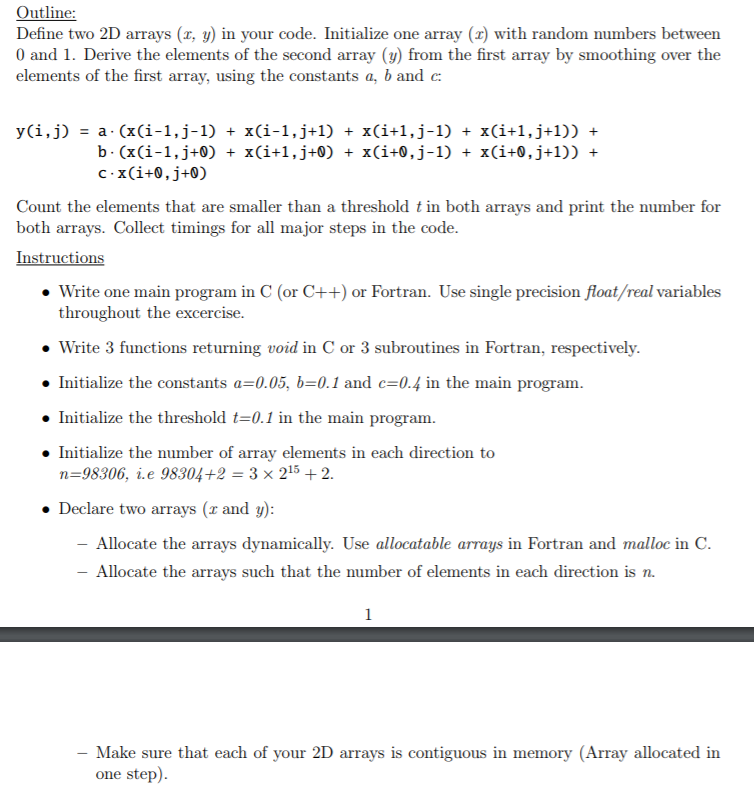
Solved Scc374c 394c Parallel Computing For Science And E Chegg Com

Fortran Why No Runtime Error When Clearly Writing Over Array Bounds Stack Overflow

Arrays Page 2 The Craft Of Coding
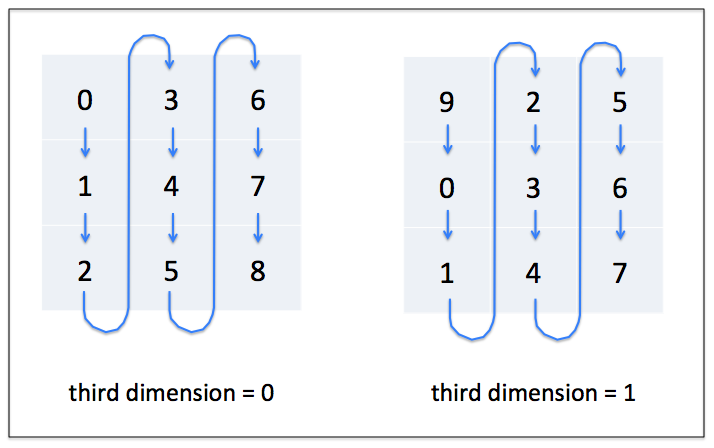
Arrayfire Constructors Of Array Class

Multidimensional Arrays Fortran Programming Lecture Notes Docsity

4 Numpy Basics Arrays And Vectorized Computation Python For Data Analysis Book

Up To Date Admin Magazine 39 17

Sub Array Manipulations In Fortran

Memory Layout Of Multi Dimensional Arrays Eli Bendersky S Website
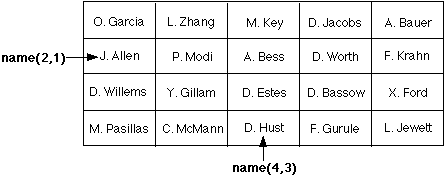
10 Arrays

4 6 Multidimensional Arrays

Ppt Fortran 90 95 And 00 Powerpoint Presentation Free Download Id
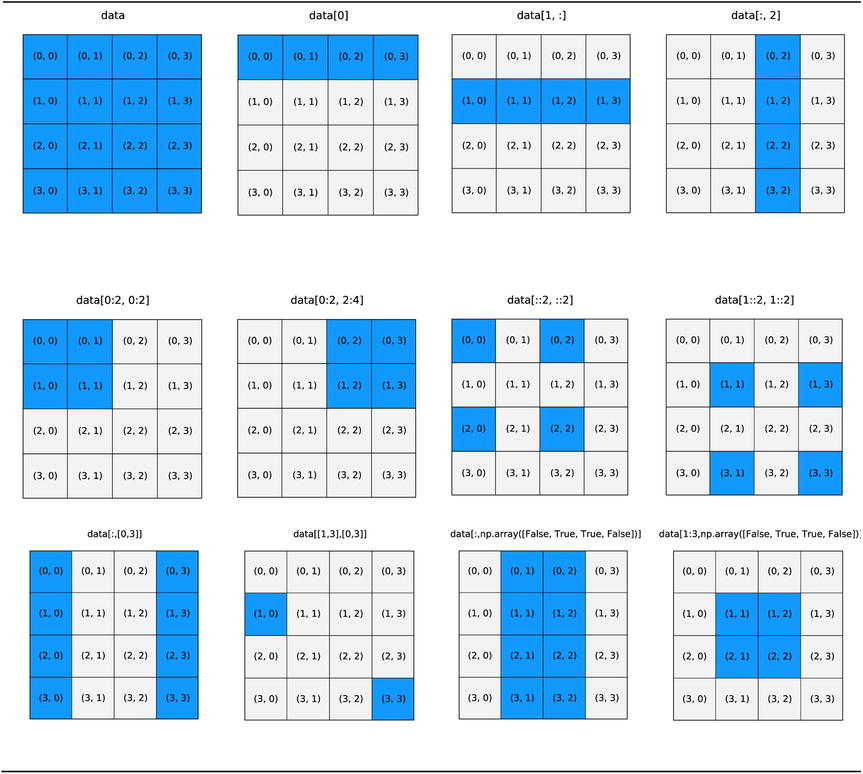
Vectors Matrices And Multidimensional Arrays Springerlink

4 Numpy Basics Arrays And Vectorized Computation Python For Data Analysis Book
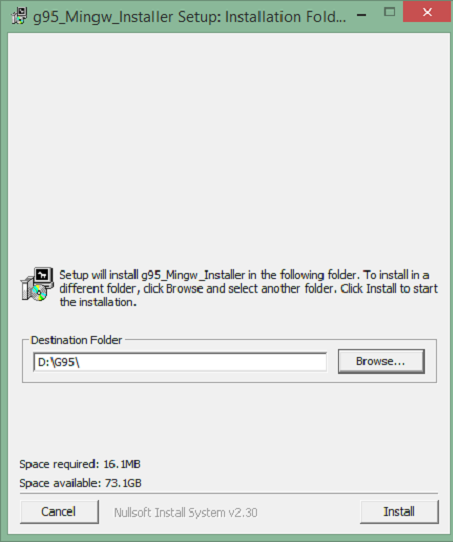
Fortran Overview

Implementing Multidimensional Arrays In Javascript 0 Fps

The Fortran 90 Programming Language Book Chapter Iopscience

1d Or 2d Array What S Faster Stack Overflow

Fortran 90 Reference Card
Q Tbn 3aand9gctwzmanrzyrksnbthbkhklj76qutxyfnlvaojti92gy36mazuhk Usqp Cau

7 3 Data Distribution
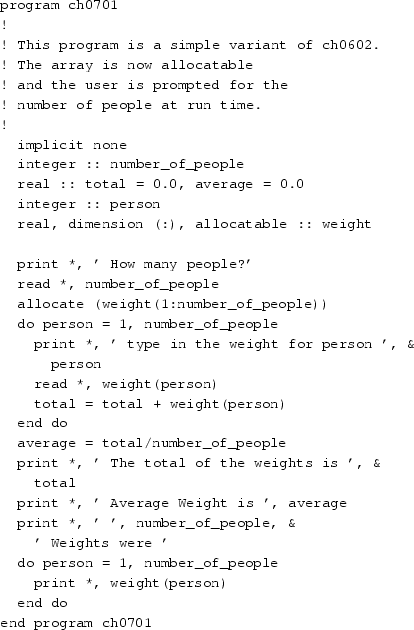
Arrays 2 Further Examples Springerlink
Q Tbn 3aand9gcrahfweiv7jsp8adynaau4khpvbgplehflavf2iabcy7e3 Dohr Usqp Cau

Fortran Basics Pdf Document

Array Index Order Matters Right Epcc At The University Of Edinburgh

C Programming Passing A Multi Dimensional Array To A Function Solarian Programmer

Gnuplot How To Plot One 2d Array Element Per Pixel With No Margins Stack Overflow
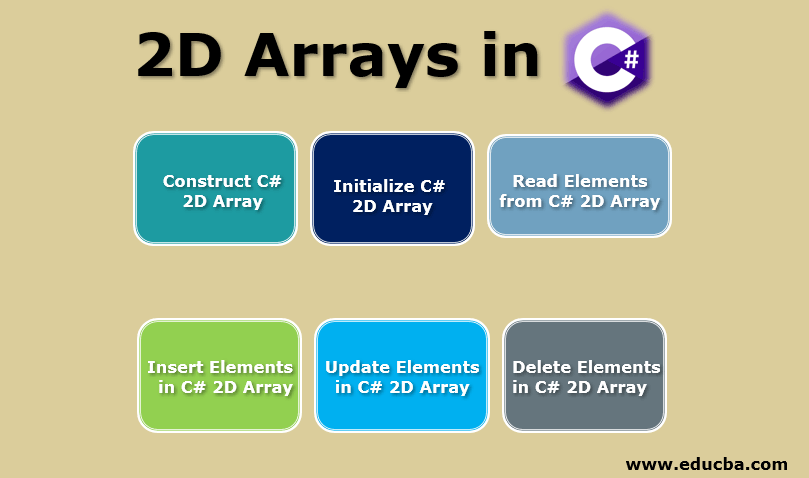
2d Arrays In C Comprehensive Guide On 2d Arrays In C

Array Elements

Difficulty Reading 2d Character Array Variable From Netcdf File In Fortran Stack Overflow

Multidimensional Array An Overview Sciencedirect Topics
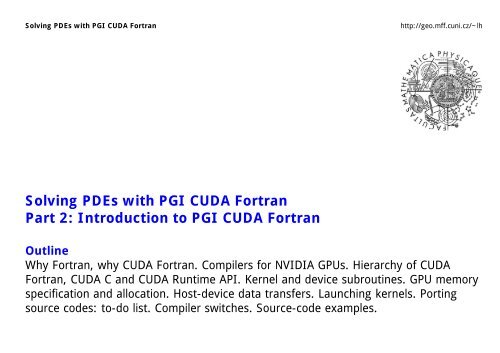
Solving Pdes With Pgi Cuda Fortran Part 2 Introduction To Pgi
Pdfs Semanticscholar Org 37 100c7aaecccb673c018ad697ae Pdf
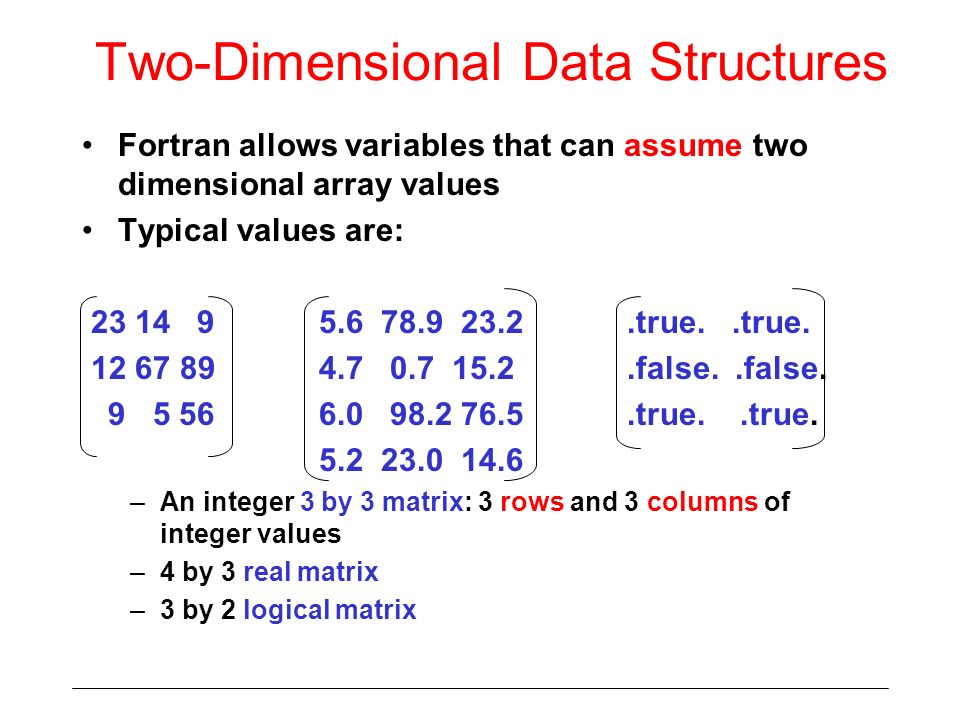
Multi Dimensional Arrays Ppt Video Online Download

How Do I Declare A 2d Array In C Using New Stack Overflow

Ilnumerics High Performance Computing Tools

Fortran 77 Tutorial Nearly Identical Versions Available At Several Sites Online Pdf Free Download
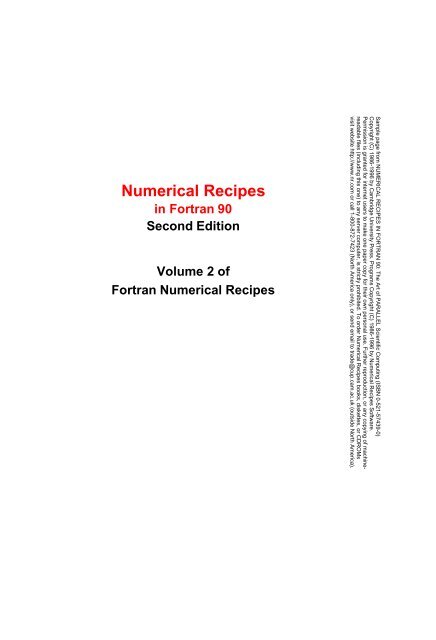
Numerical Recipes In Fortran 90 Pdf Astrophysics And Neutrino

Memory Layout Of Multi Dimensional Arrays Eli Bendersky S Website
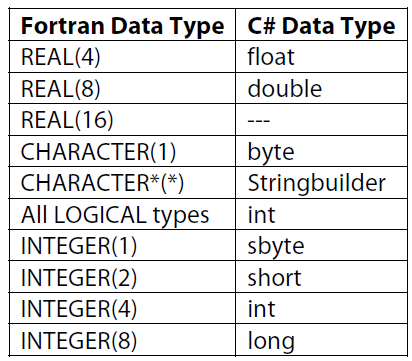
Accessing Fortran Legacy Dll In C Code Masala Ranjeet Sharma

Programming And Modelling Pdf Free Download

One Two Dimensional 2d Arrays And Pointers In C

How Can I Create A Two Dimensional Array In Javascript Stack Overflow

Jianxia Xue Department Of Computer And Information Science The University Of Mississippi Teaching Csci251 Fortran Csci480 Computer Animation
Personalpages Manchester Ac Uk Staff David D Apsley Lectures Fortran Fortranb Pdf

C Pass 2d Array To Function

4 6 Multidimensional Arrays

Fortran Programming Tutorials Revised 036 2d Arrays Reshape Pack Masking Youtube
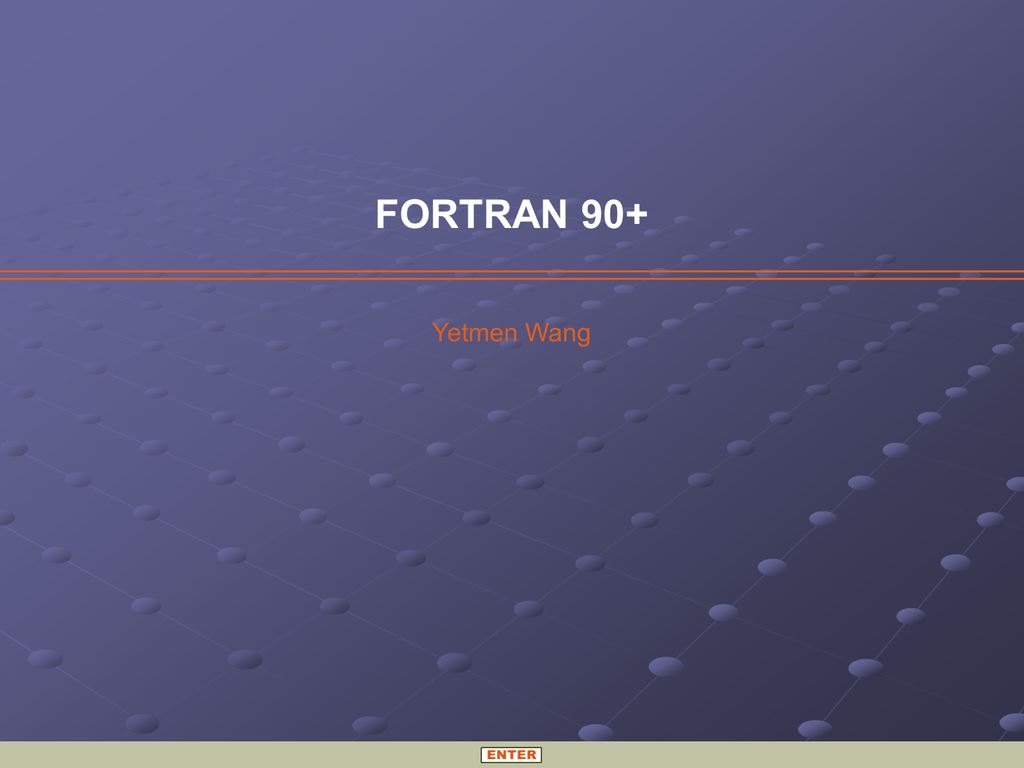
Fortran History

C Tutorial For Beginners Multidimensional Arrays Youtube

The Fortran 90 Programming Language Book Chapter Iopscience

3 Infrastructure Fields And Grids

4 Numpy Basics Arrays And Vectorized Computation Python For Data Analysis Book

4 6 Multidimensional Arrays

Scf95 Lect3 Pointer Computer Programming Array Data Structure
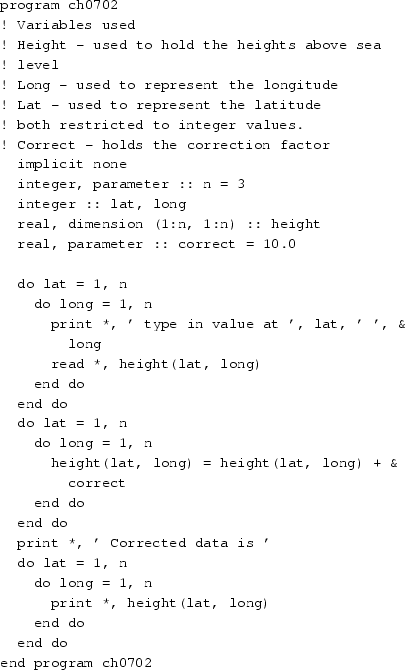
Arrays 2 Further Examples Springerlink

Ppt Fortran 90 95 And 00 Powerpoint Presentation Free Download Id
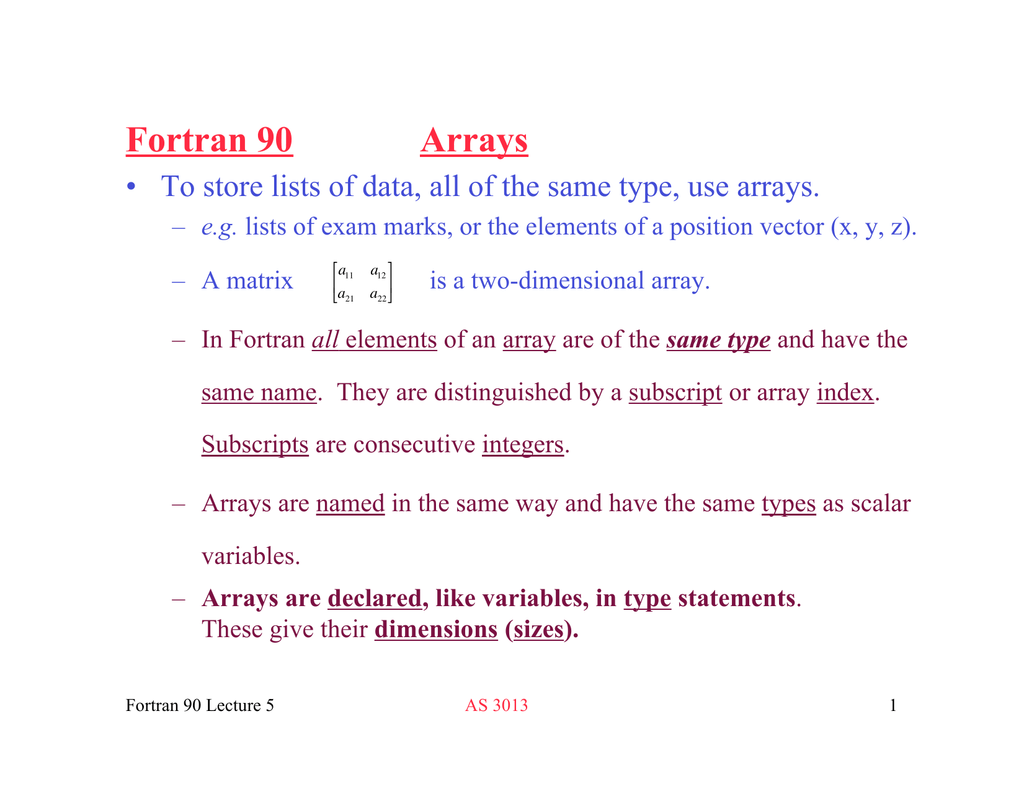
Fortran 90 Arrays
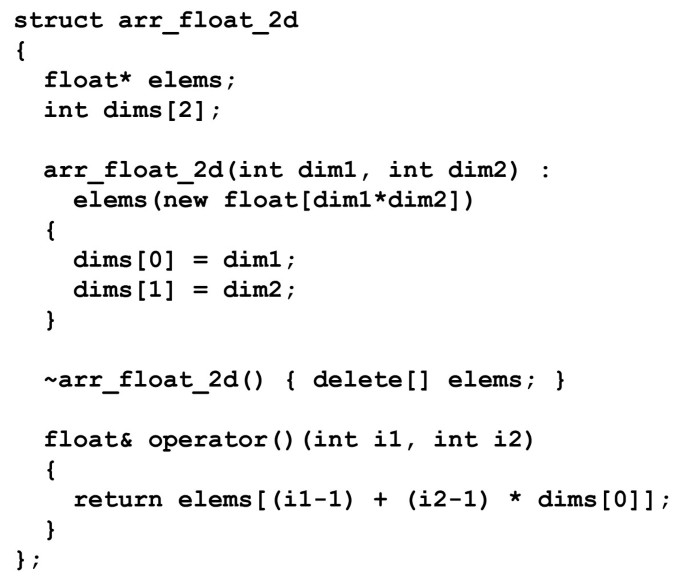
Automatic Fortran To C Conversion With Fable Source Code For Biology And Medicine Full Text

Row Major Order An Overview Sciencedirect Topics

Difficulty Reading 2d Character Array Variable From Netcdf File In Fortran Stack Overflow
2

Fortran Programming Tutorials Revised 038 Determinant Using Subroutines And Functions Youtube

Memory Allocation Memio
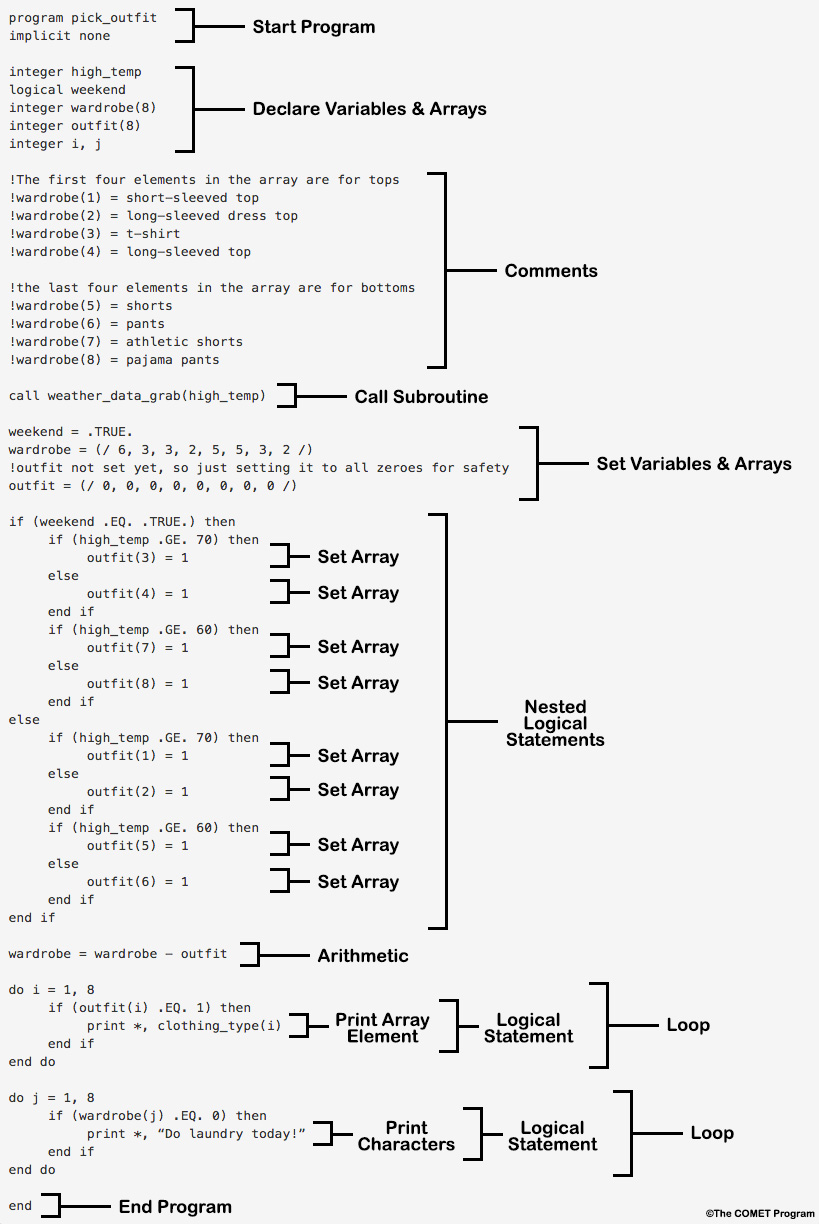
Introduction To Fortran

Create A 2 Dimensional Array In Rust
Hpc Forge Cineca It Files Coursesdev Public 17 Introduction To Modern Fortran Bologna Introduction To Modern Fortran Bologna17 Pdf
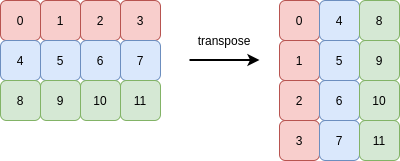
An Illustrated Guide To Shape And Strides Part 2 Ajcr Haphazard Investigations

Up To Date Admin Magazine 39 17

Fortran 2d Fftw Inconsistent With C 2d Fftw Results Stack Overflow

1 1 1 Basics 2 程式架構 I Program Name Declarations Other Statements Stop End Program Name 紅色部分為 Fortran 90 的做法 Ppt Download

Fortran Tuto 9 Dimension Arrays Youtube

A Bridge From Fortran To C Codeproject
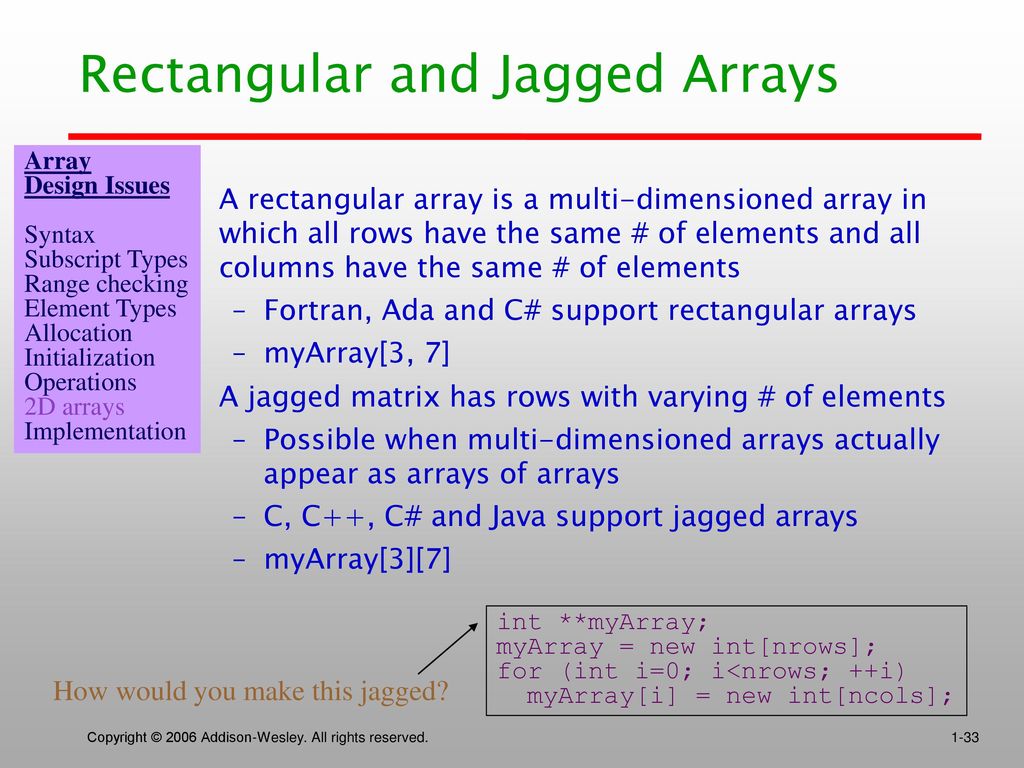
Chapter 6 Data Types Ppt Download

How Do I Declare A 2d Array In C Using New Stack Overflow

Memory Layout Of Multi Dimensional Arrays Eli Bendersky S Website

Isbn 0 321 Chapter 6 Structured Data Types Arrays Associated Arrays Records Unions Ppt Download

7 2 Fortran 90

Memory Layout Of Multi Dimensional Arrays Eli Bendersky S Website

Array Location An Overview Sciencedirect Topics

How Can I Create A Two Dimensional Array In Javascript Stack Overflow
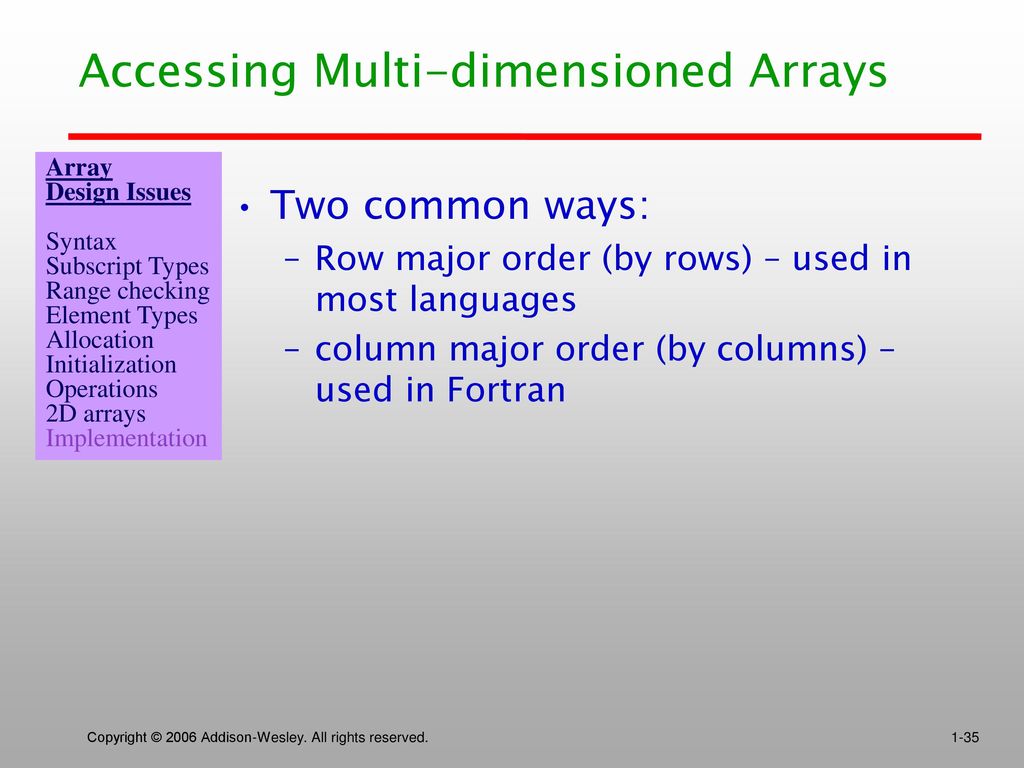
Chapter 6 Data Types Ppt Download
1
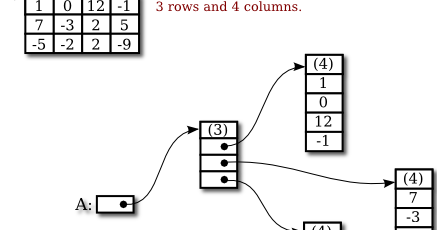
How To Declare And Initialize Two Dimensional Array In Java With Example Java67

Jianxia Xue Department Of Computer And Information Science The University Of Mississippi Teaching Csci251 Fortran Csci480 Computer Animation

Advanced Fortran Programming 005 Date And Time Random Numbers Where Construct Youtube
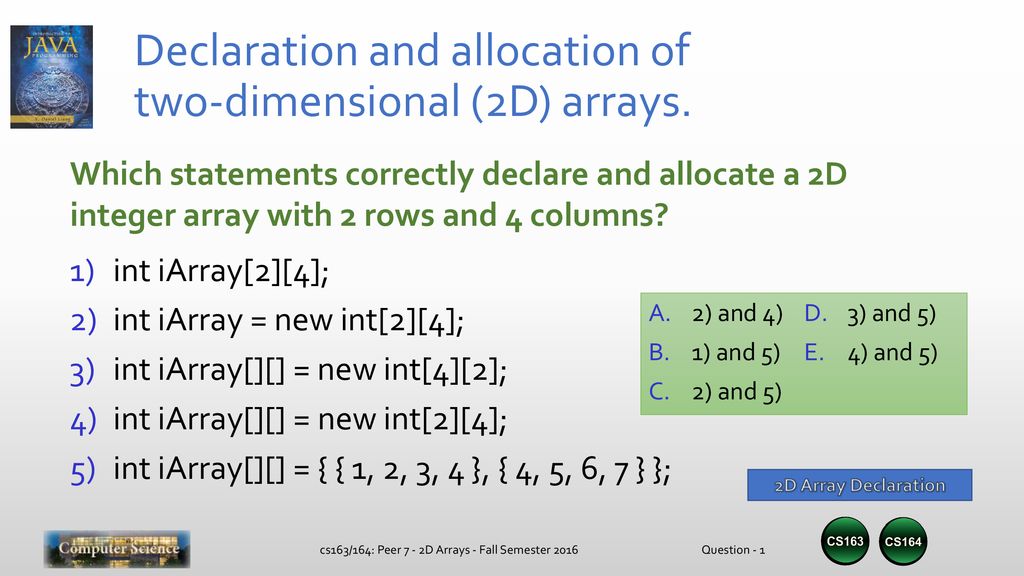
Two Dimensional Arrays Ppt Download

3 Infrastructure Fields And Grids

Row Major Order An Overview Sciencedirect Topics

Create A 3 Dimensional Array In Dart

7 2 Fortran 90
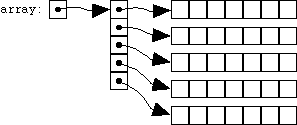
23 2 Dynamically Allocating Multidimensional Arrays
1

Multidimensional Array An Overview Sciencedirect Topics
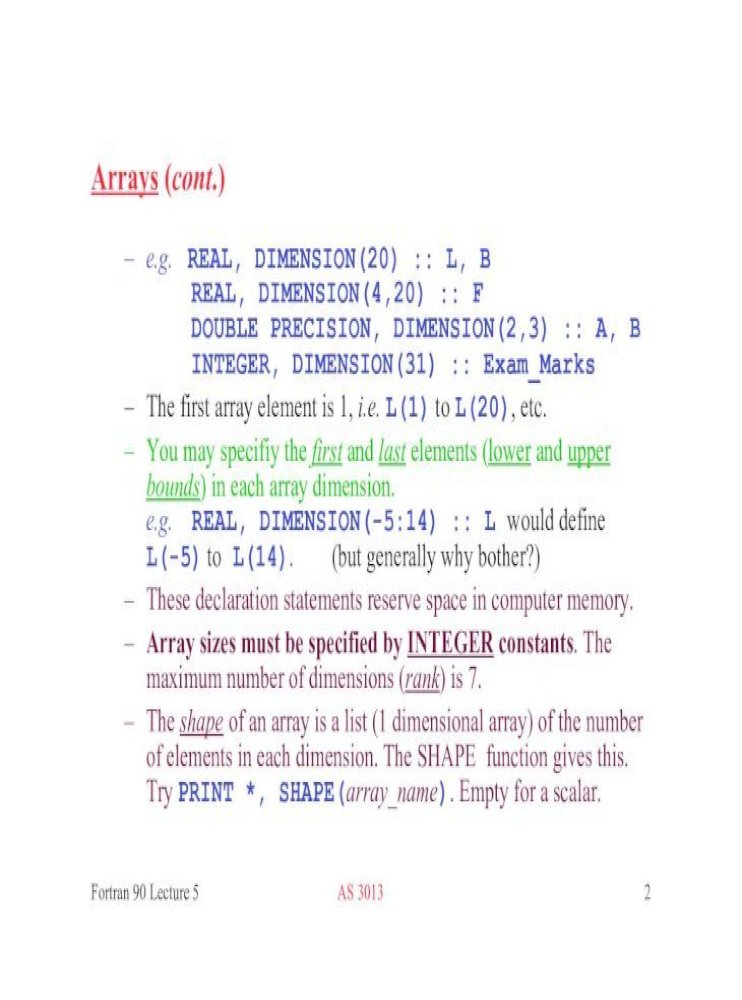
Fortran 90 Arrays

Ppt Fortran 90 Powerpoint Presentation Free Download Id

4 Pointers And Arrays Understanding And Using C Pointers Book

Fortran Programming Tutorials Revised 036 2d Arrays Reshape Pack Masking Youtube
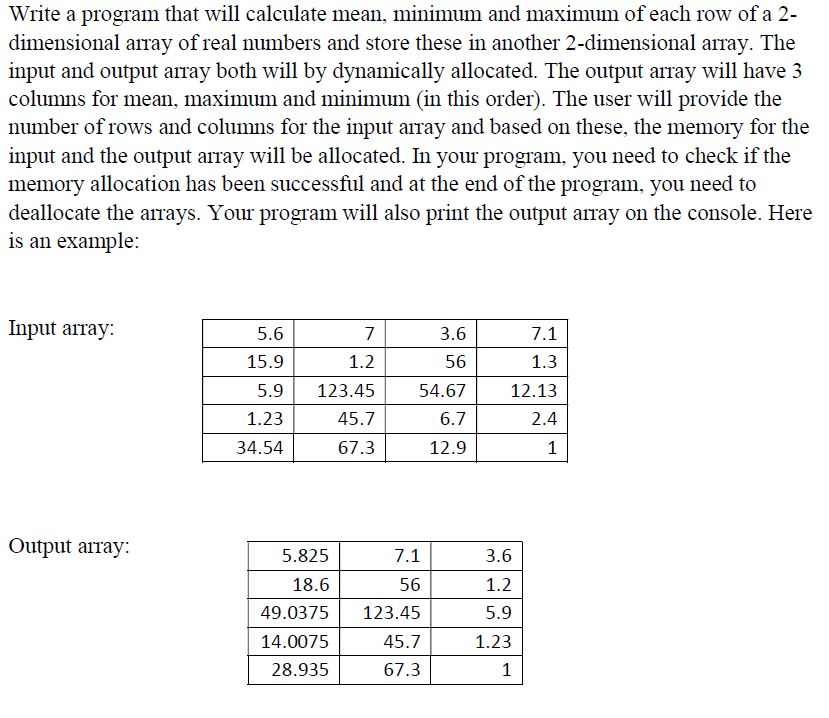
Solved Write A Program That Will Calculate Mean Minimum Chegg Com
Www Olcf Ornl Gov Wp Content Uploads 18 06 Intro To Hpc Fotranbasicsbm Pdf




